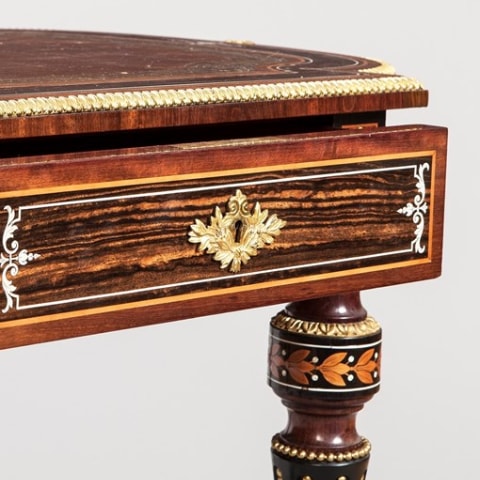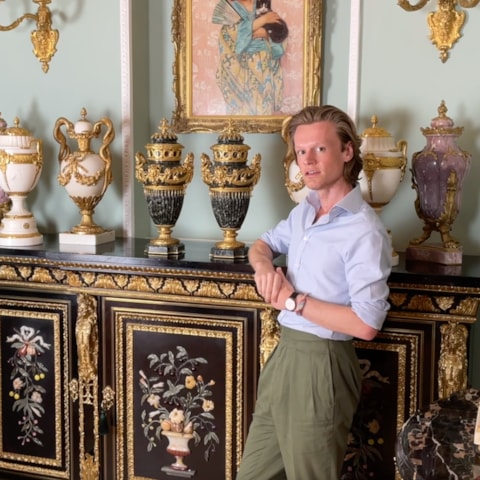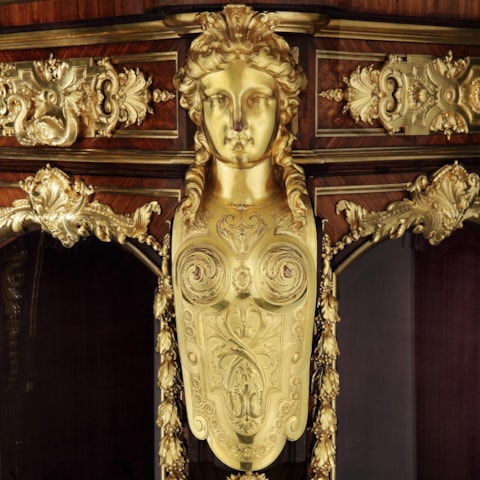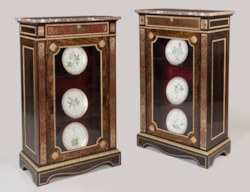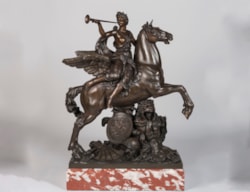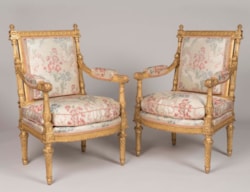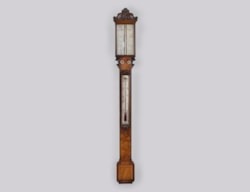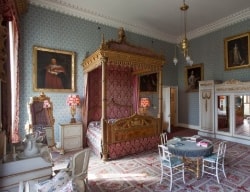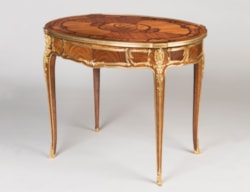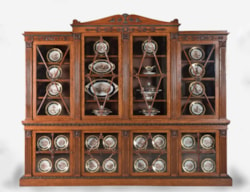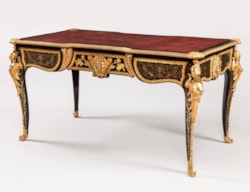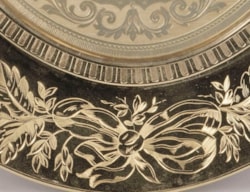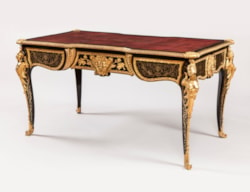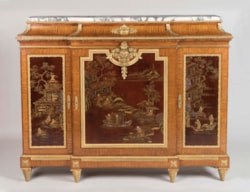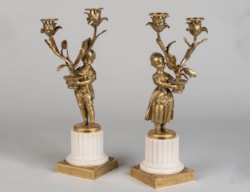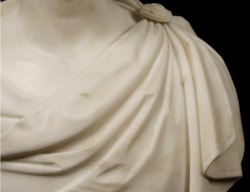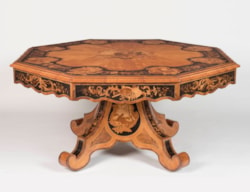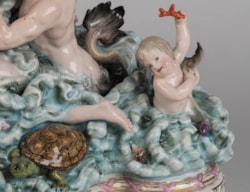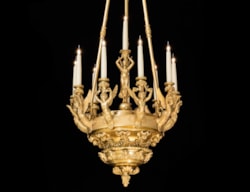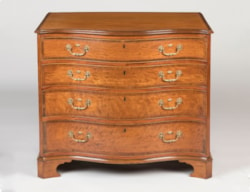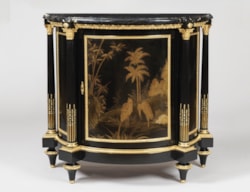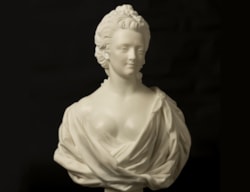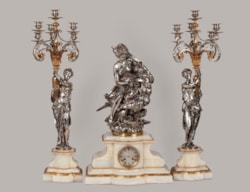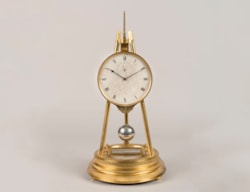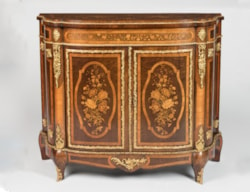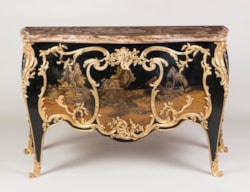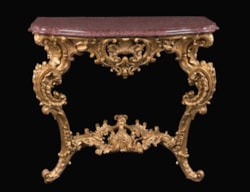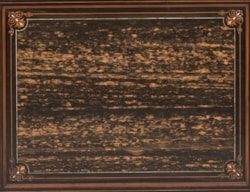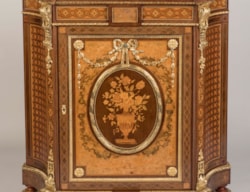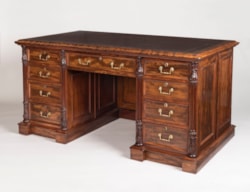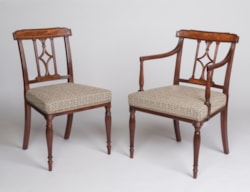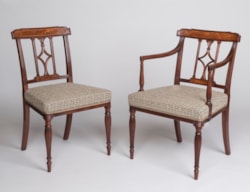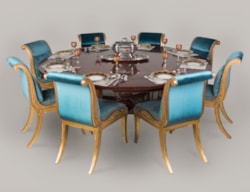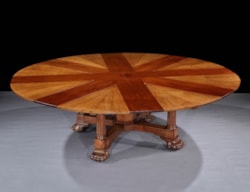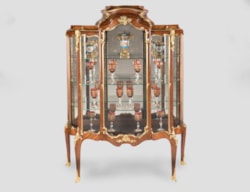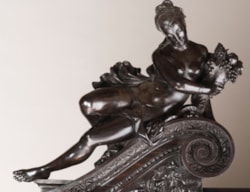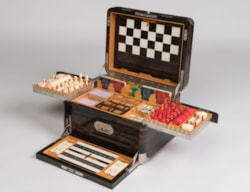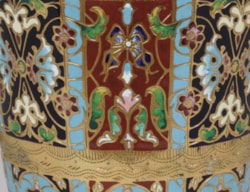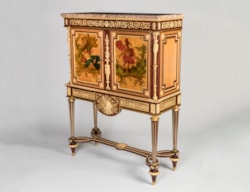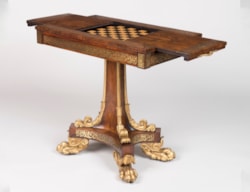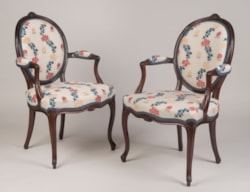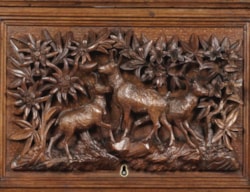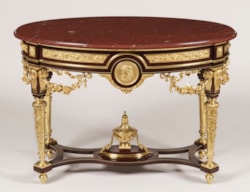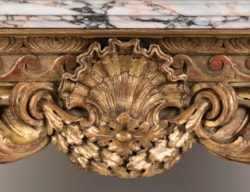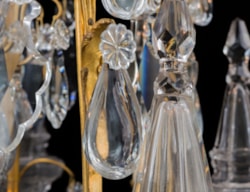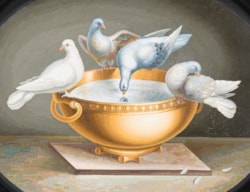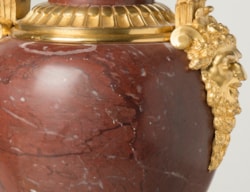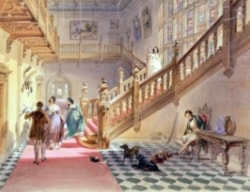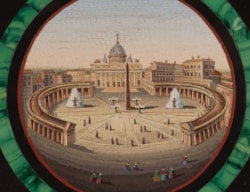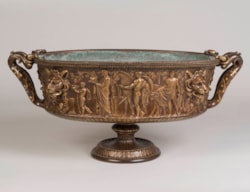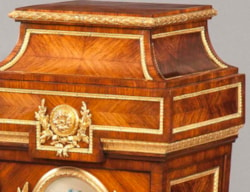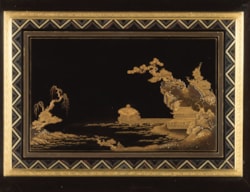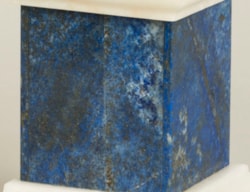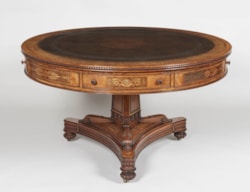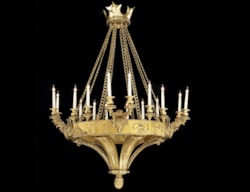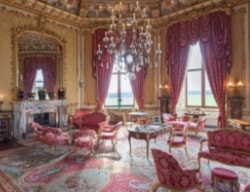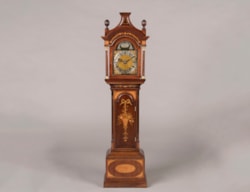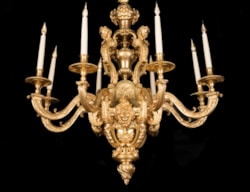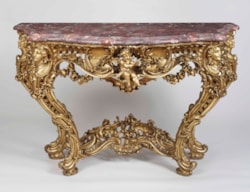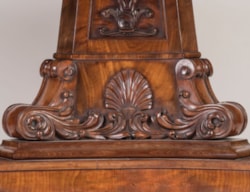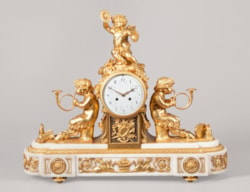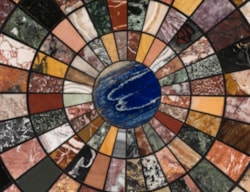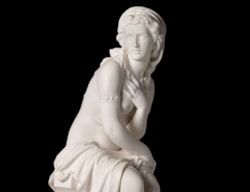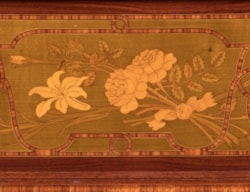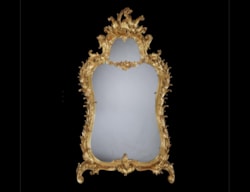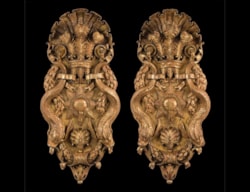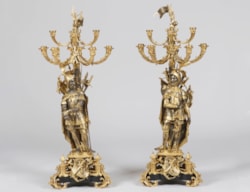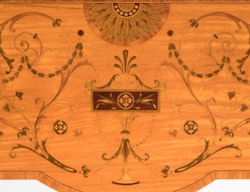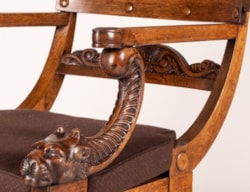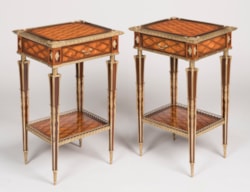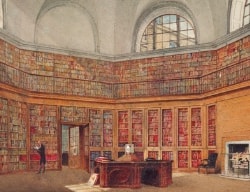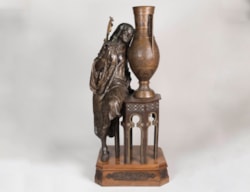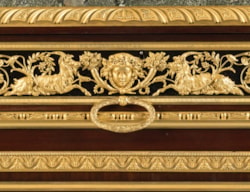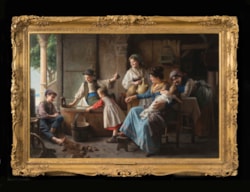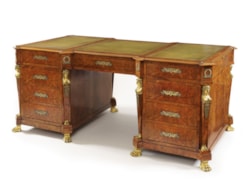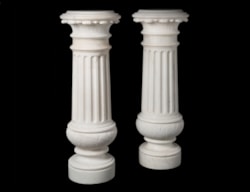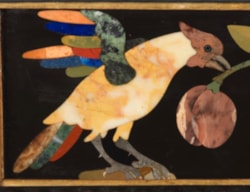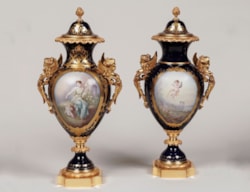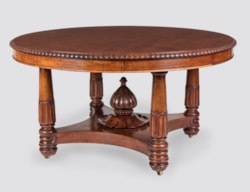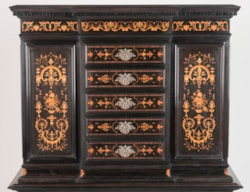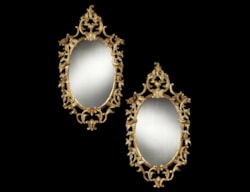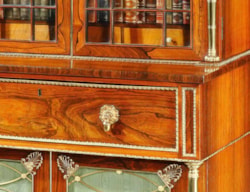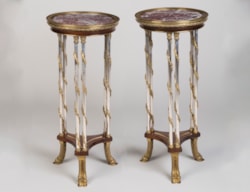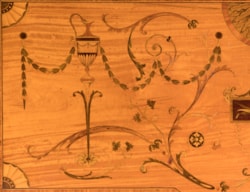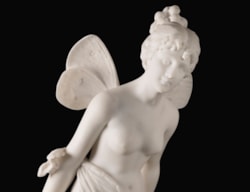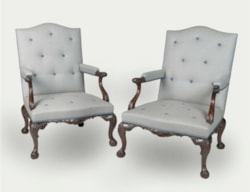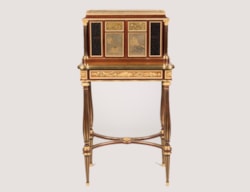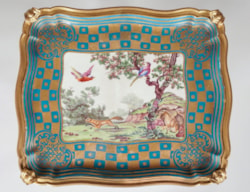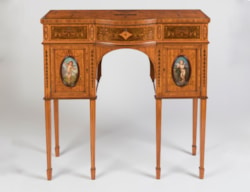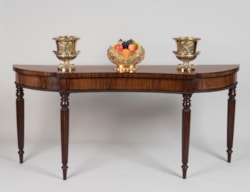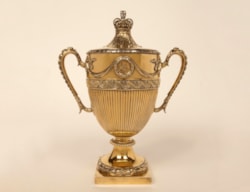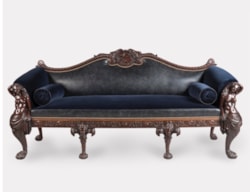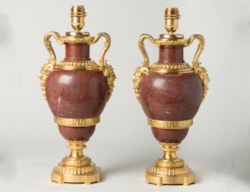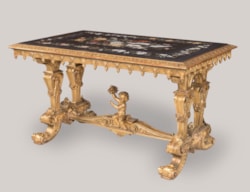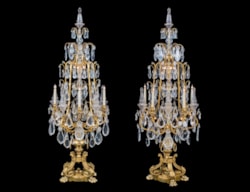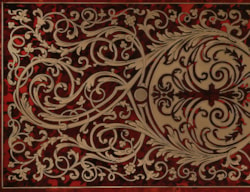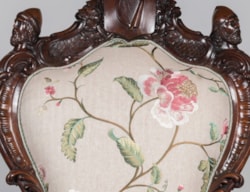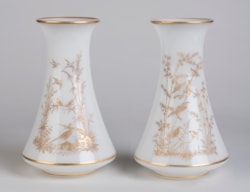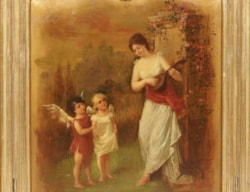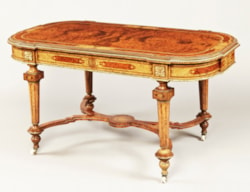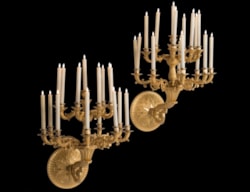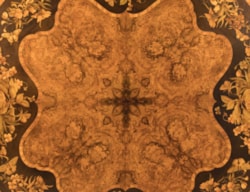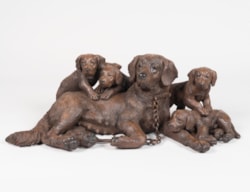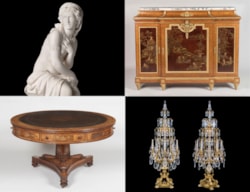December 2022
Spotlight on... The Eros of Centocelle

Eros of Centocelle:
“Genius of the Vatican”
Appreciating, buying, and collecting antiques is oftentimes driven by interesting stories as well as aesthetic significance & beauty. Of course, the true bullseye is when aesthetic perfection is married to historical importance. On that note, let’s delve further into our recent acquisition of the marble bust of the Eros of Centocelle (fig. 1).
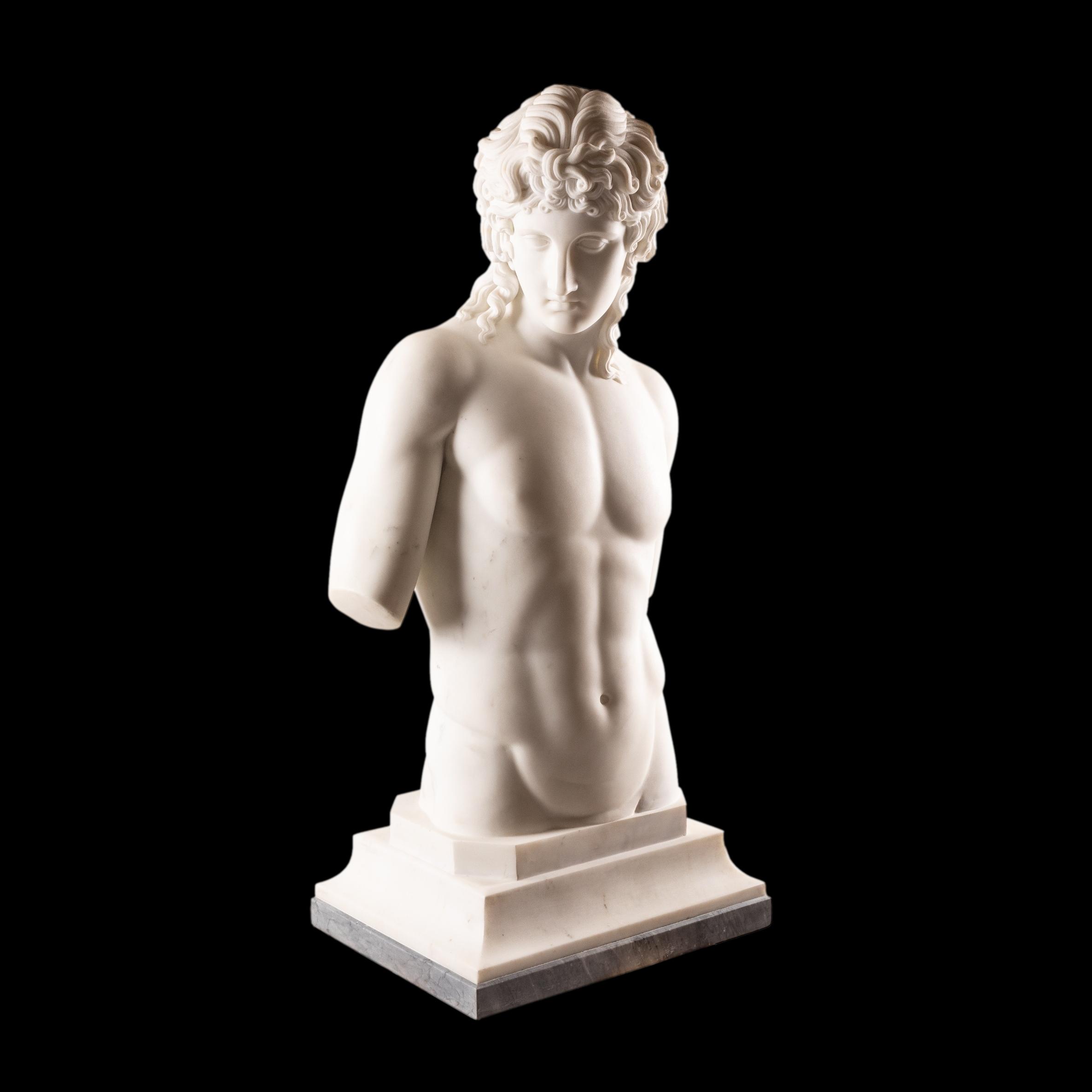
Figure 1. Grand Tour Marble Sculpture of the Eros di Centocelle, circa 1800, italian. For Sale with Butchoff Antiques.
Sculpted in Italy around the turn of the 18th century, heading into the Napoleonic era, this life-size marble torso, striking in its beauty, also tells the story of contemporary archaeological excavations, the art trade between Italy and the UK, and Papal grace.

Figure 2. The Eros of Centocelle by Praxiteles, 1st century Roman marble after 4th century BC greek original.
Our magnificent torso, the “Eros di Centocelle”- is an accurate model of the marble excavated in Centocelle (fig. 2), on the Via Labicana, not far from Rome, by the Scottish neoclassical painter and archaeologist Gavin Hamilton in 1772. Born in 1723, Hamilton (fig. 3) travelled to Italy on his Grand Tour in 1744 and then back to Britain, finally returning to Rome in 1756, where he remained until his death in 1798.
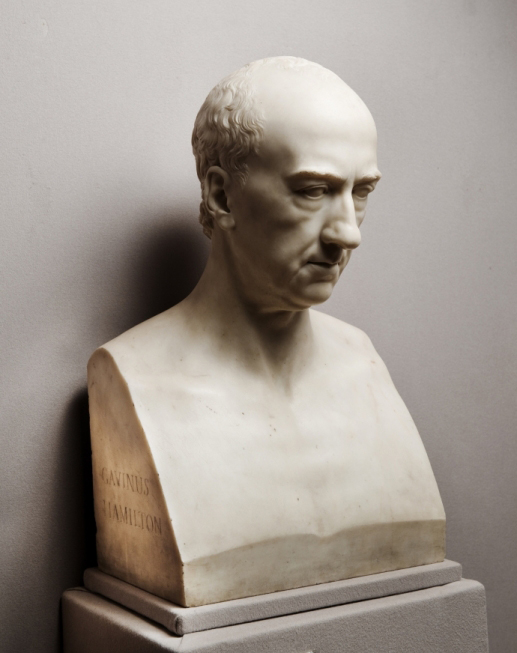
Figure 3. Bust of Gavin Hamilton, by Christopher Heweston, from 1784. Hunterian Art Gallery, Glasgow.
As a painter of neoclassical subjects in Rome, he was highly regarded by Winckelmann, Goethe and by the young Antonio Canova. He worked closely with Piranesi. Also active in the field of archeaology, he excavated at Hadrian’s Villa in Tivoli in 1771 and in the following years the outskirts of Rome at Tor Colombaro, Albano, Centocelle (fig. 4), Ostia and so on.
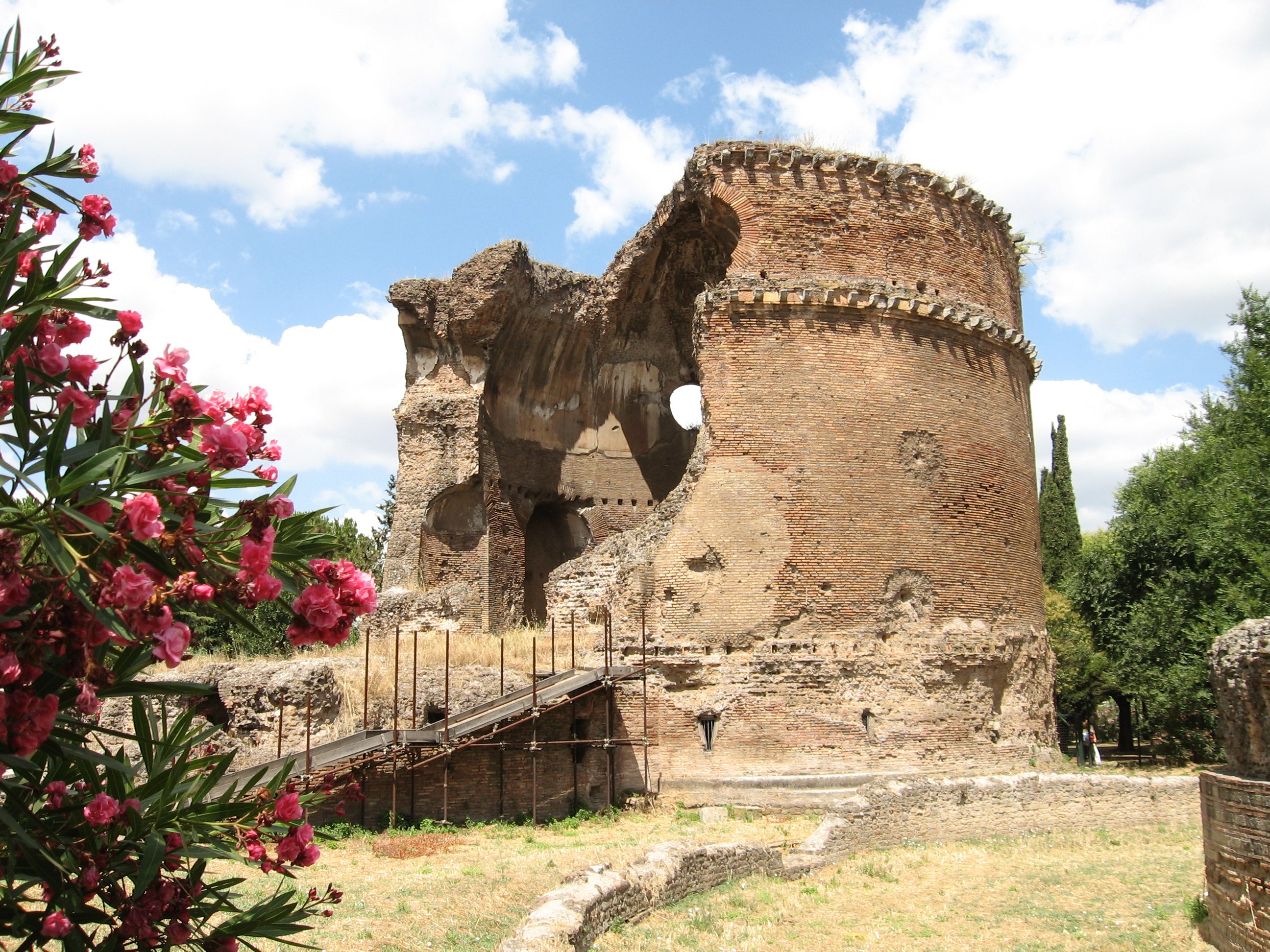
Figure 4. Centocelle Archaeological Site near Rome.
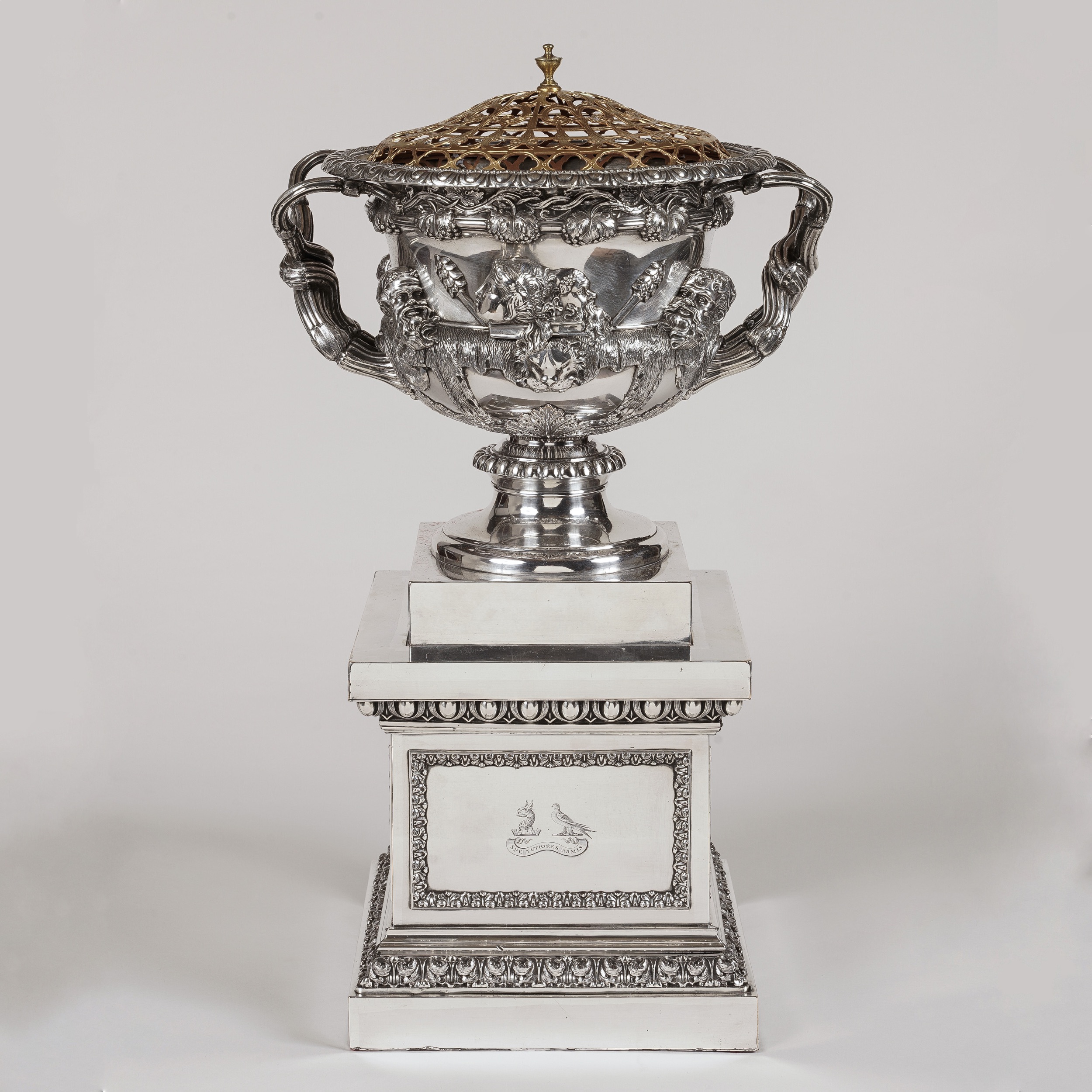
Figure 5. Old Sheffield Plate Warwick Vase by Waterhouse, Hatfield & Co, circa 1830. Previously with Butchoff.
As an art dealer, Gavin Hamilton sold antiquities as well as marble models of ancient subjects to British clients such as Charles Townley, William Petty and most notably sold the Warwick Vase (fig. 5), excavated at Tivoli, to Sir William Hamilton. In 1785 Gavin Hamilton bought and sent to London to be sold - Leonardo’s “Virgin of the Rocks”, now at the National Gallery.

Figure 6. A print of the Eros of Centocelle, by Paolo Toschi (1788-1854), purchased from Colnaghi by the British Musuem.
The Eros di Centocelle (fig. 6) was found as represented in our model, without forearms, legs and genitals (later reattached together with the nose). There were probably wings, lost in the excavation - as holes in the back of the original suggest. Briefly at the Louvre between 1797 and 1800, as part of a group of works of art given by Pope Pious VI to Napoleon, the marble was finally returned to Rome to the Musei Vaticani where it is today, in the Pius-Clementin Museum, Galleria delle Statue, 250 (Fig. 7)
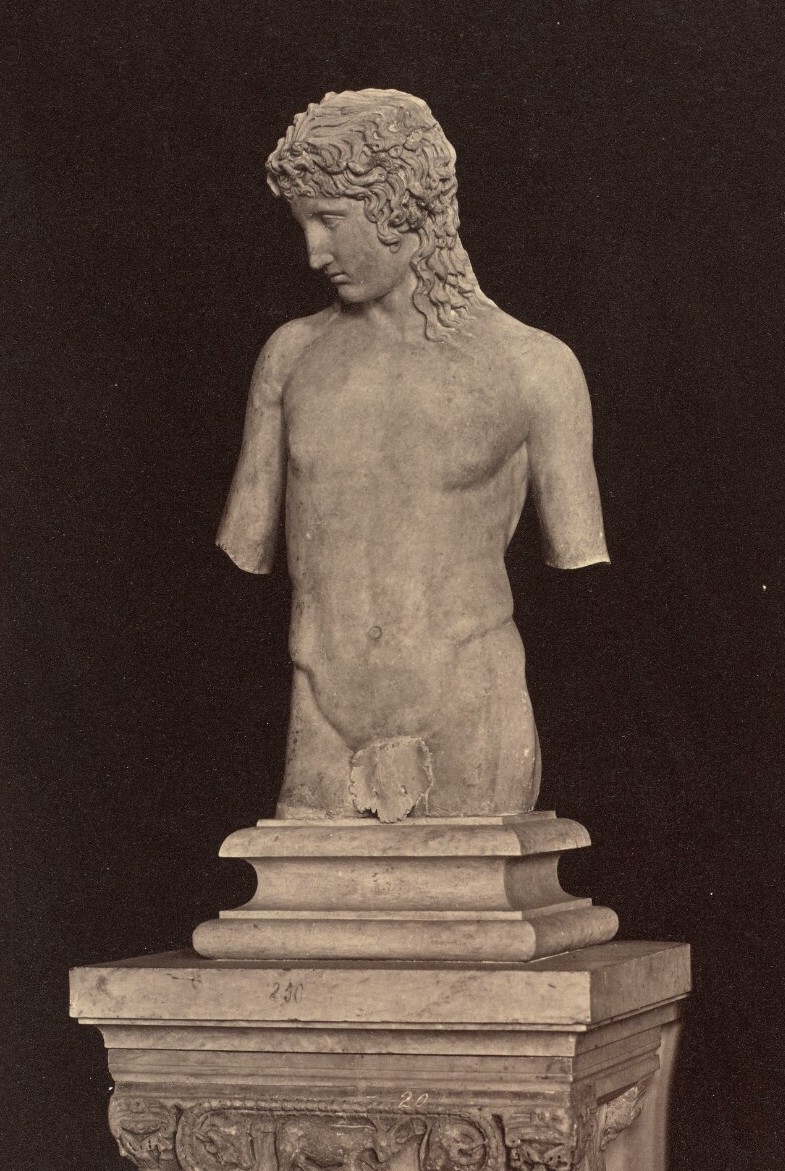
Figure 7. "Genius of the Vatican," a photograph from 1859 by James Anderson of the Eros di Centocelle at home in the Vatican, where it remains today.
It is by repute one of several Roman versions of a bronze sculpture of the Eros of Thespiae, complete with wings, legs and arms, bow and arrow, by the foremost Greek sculptor Praxiteles of Athens, 4th century BC, that was present in Rome as described by Pliny in the first century CE -and since lost; other Roman and Hellenistic examples are known, including one at the Museo Archeologico Nazionale di Napoli known as the “Eros Farnese” and one at the Hermitage, formerly at Pavlovsk, both retaining more of the complete human figure (figs. 8-9).
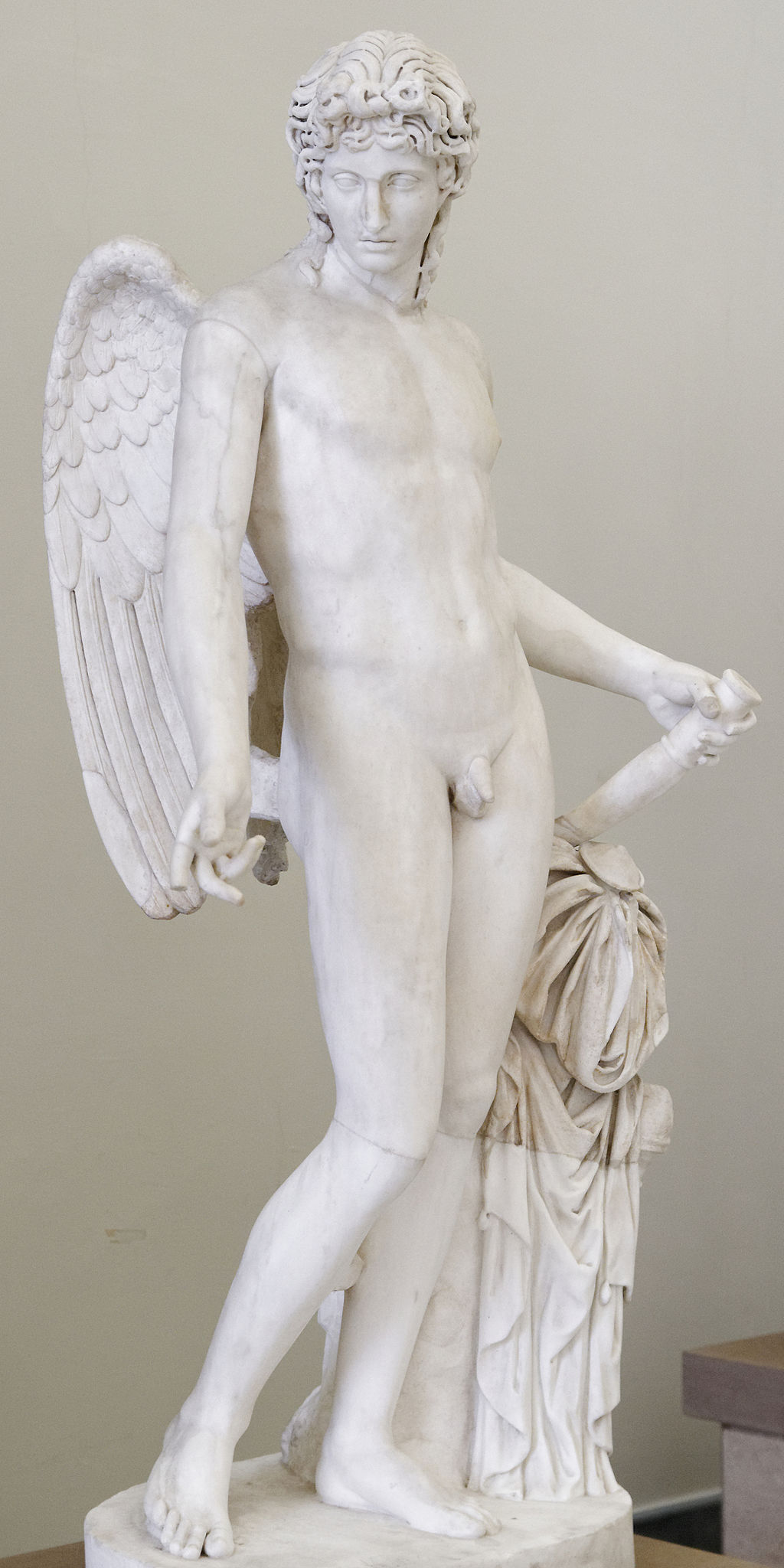
Figure 8. The "Eros Farnese," today in the National Archaeological Museum of Naples, in Naples, Italy.
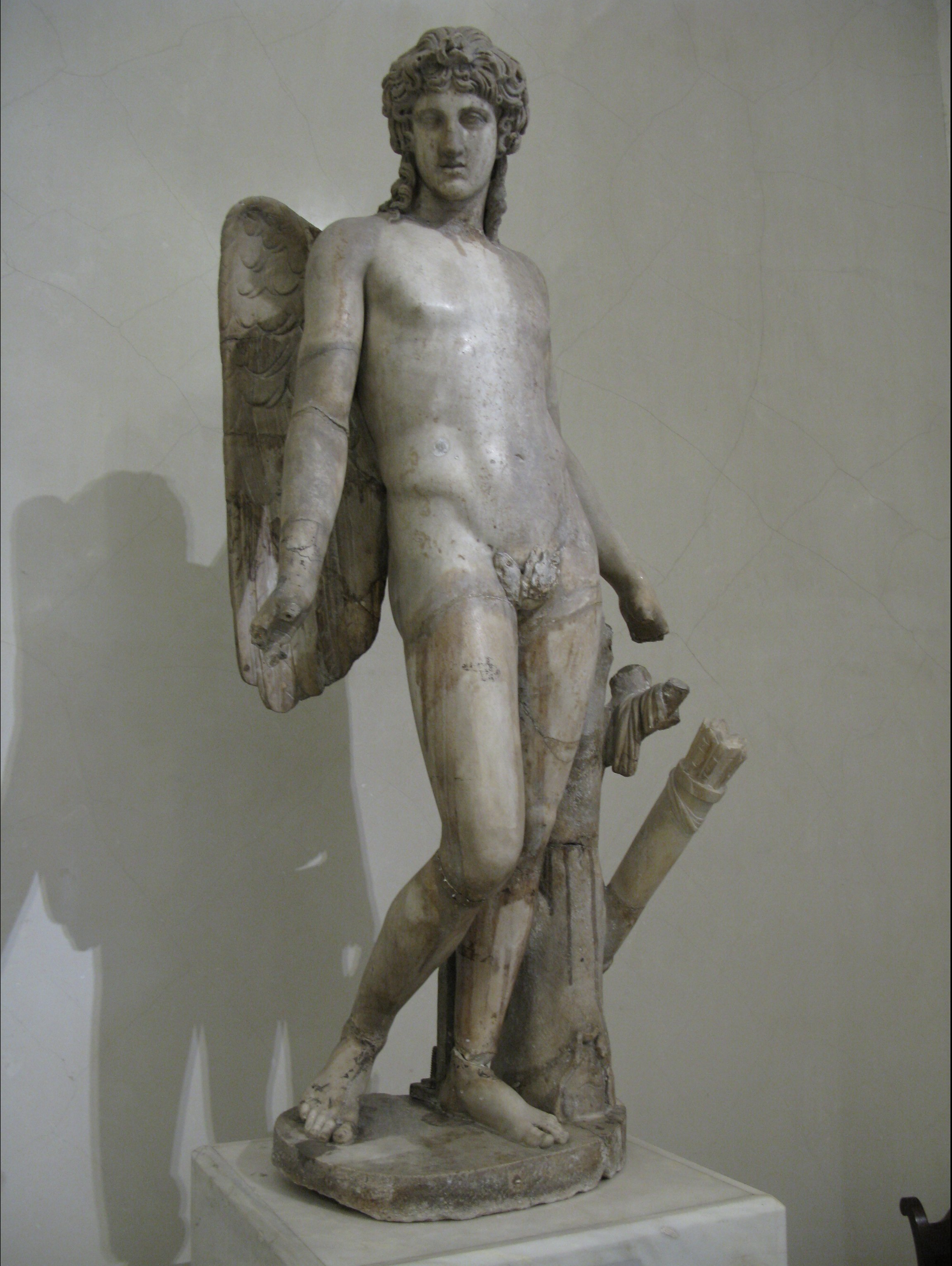
Figure 9. "Eros" in the Hermitage Museum in St Petersburg, Russia.
Our “Eros” (fig. 10) was most probably expertly carved shortly after the return of the original “Centocelle” to Rome from Paris in 1800: of the same approximate size and posture - it is accurate and intriguing, in it’s intense expression and calm elegance.
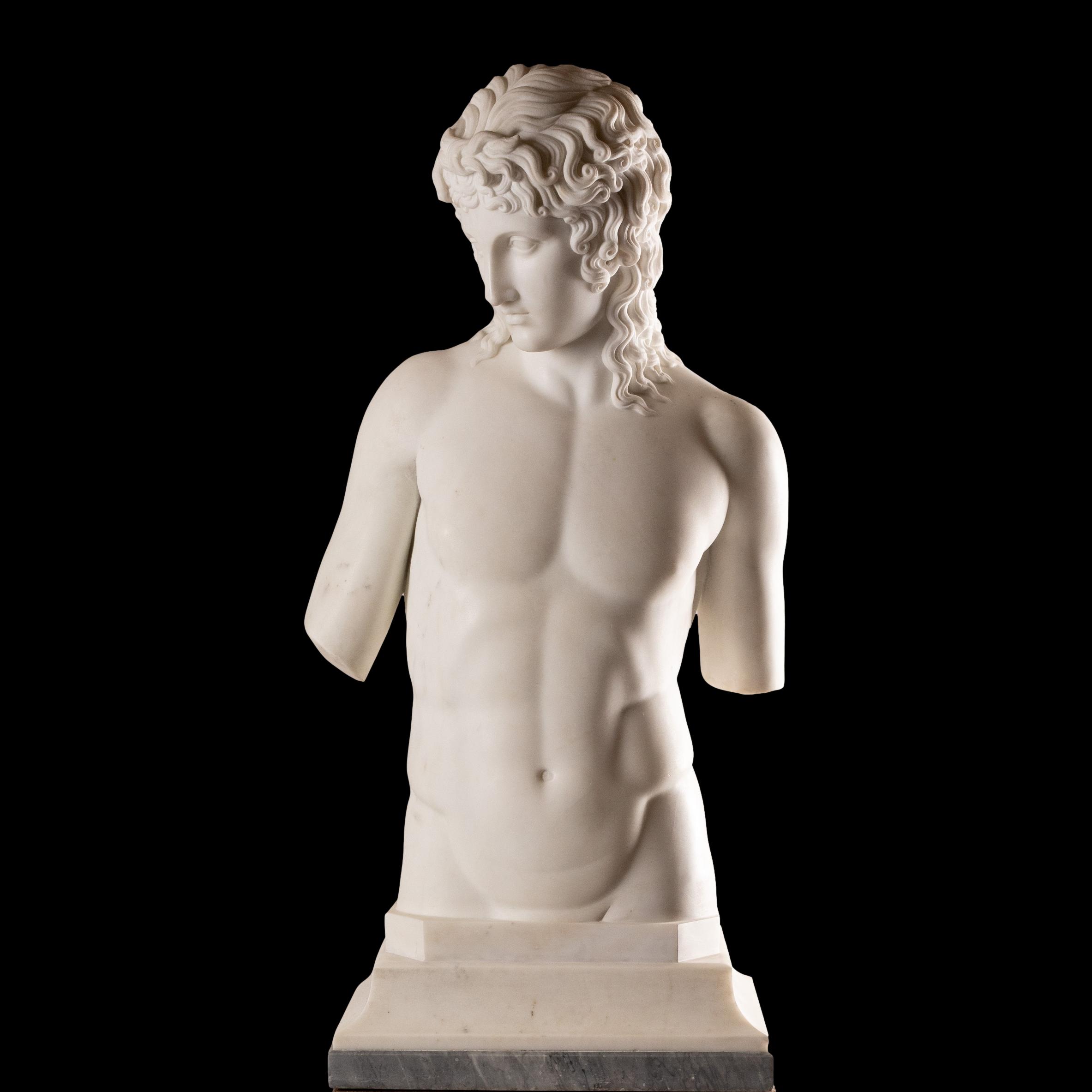
Figure 10. Grand Tour Marble Sculpture of the Eros di Centocelle, circa 1800, italian. For Sale with Butchoff Antiques.
Brought back to Britain in the 19th century most probably as a prize of the Grand Tour, it has since been in private collections.
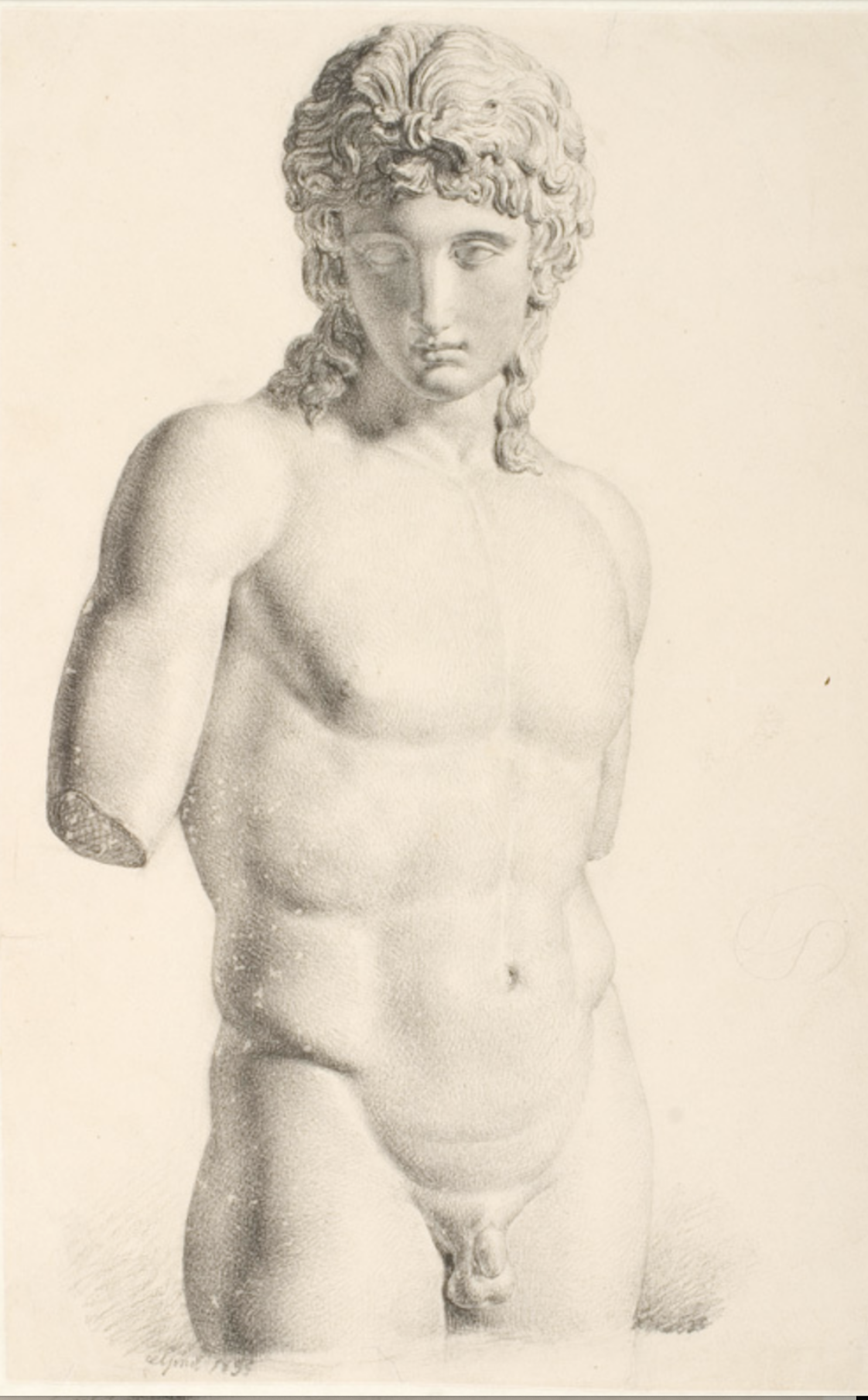
Drawing by Dankvart Dreyer of the "Eros", circa 1833, National Gallery of Denmark.
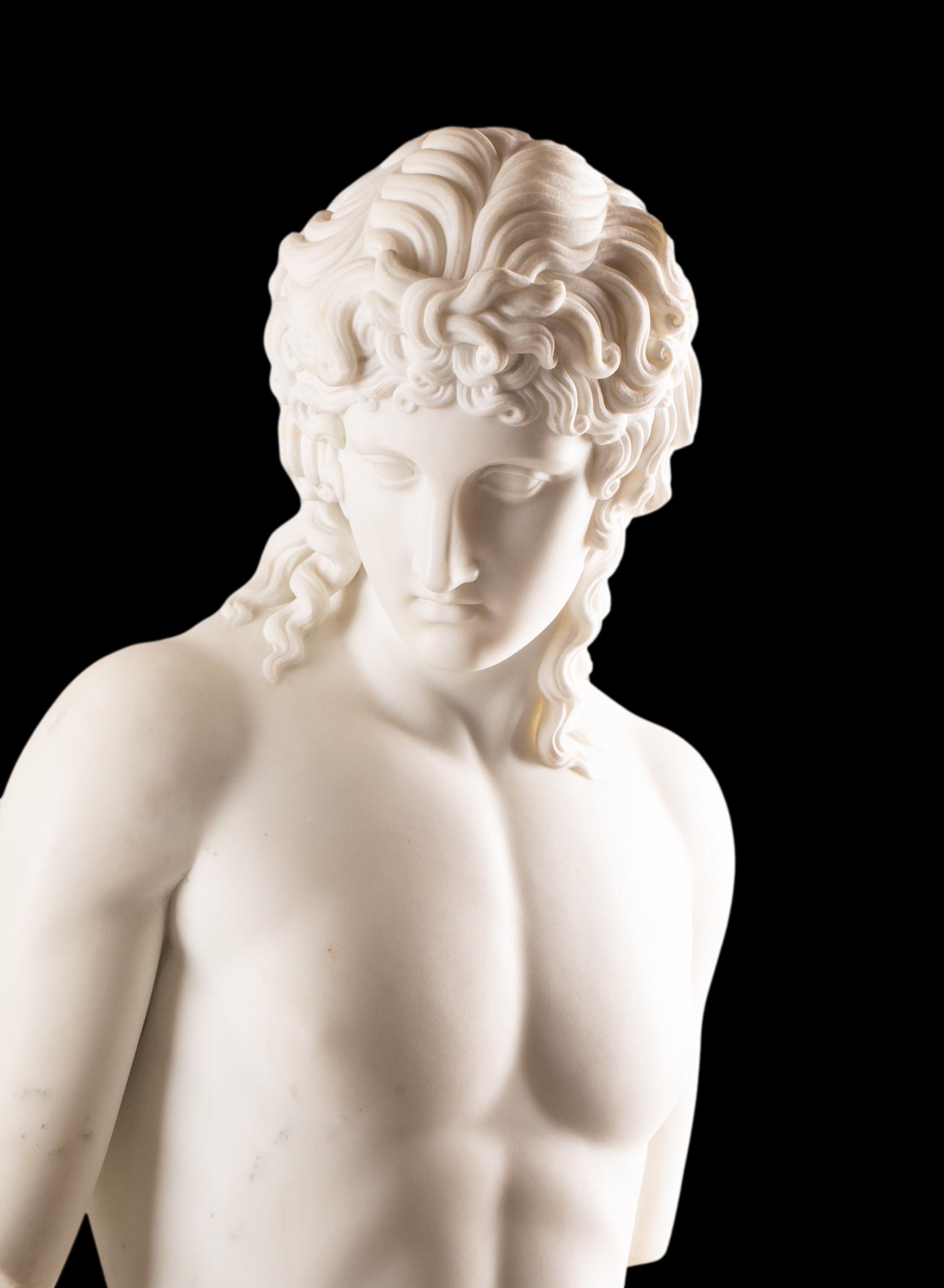
Grand Tour Marble Sculpture of the Eros di Centocelle, circa 1800, italian. For Sale with Butchoff Antiques.
Written by Rainier Schraepen

 Vip access
Vip access

 Favourites
Favourites






